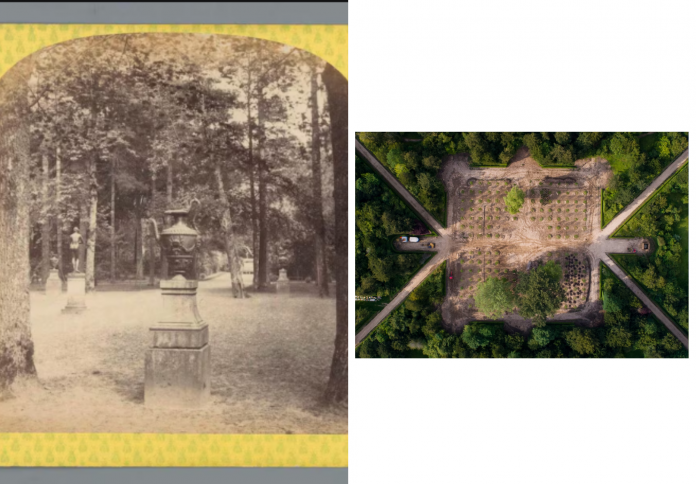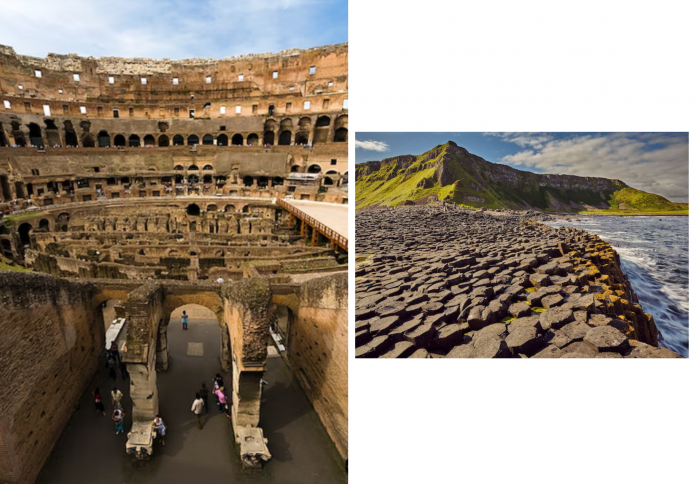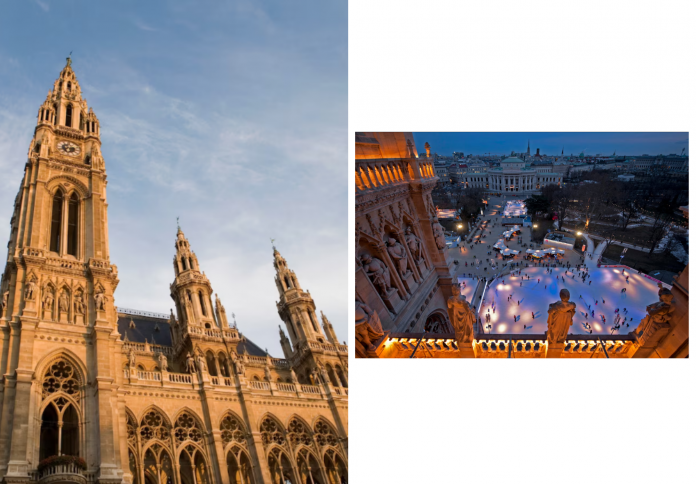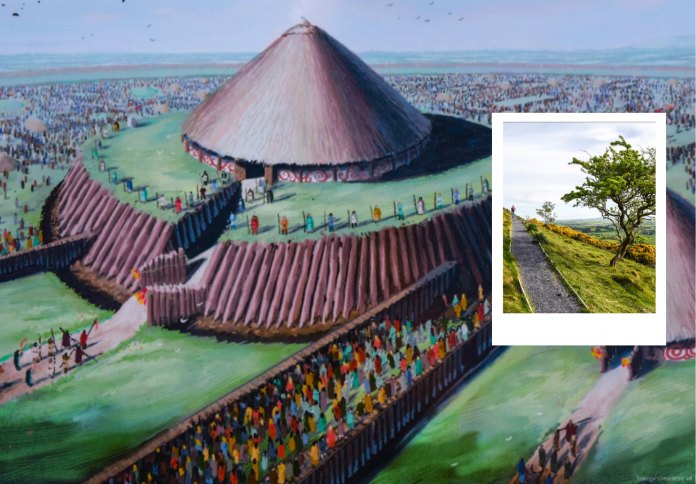Around 4,500 years ago, on England’s tranquil Salisbury Plain, a civilization without metal tools, horsepower, or even wheels erected a monumental structure of enormous stones. Aligned with solar patterns, the purpose of this megalithic monument remains one of history’s great riddles. Over the millennia, Stonehenge has been attributed to everyone from Druids and Romans to mythical figures like Merlin. Yet, the people who actually built the site left no written language—only enduring clues in stone, bones, and tools. Today, even as new technology provides fresh insights into these enduring riddles, the site, a symbol of prehistory, faces the looming threat of modern development. A journey to Stonehenge is to step into a landscape where the ancient past is in a constant, complex dialogue with the present.
A Monument to the Cosmos: The Science and Symbolism
Stonehenge stands as a powerful testament to the ingenuity of its ancient builders. Composed of massive sarsen stones that weigh more than 45 tons and tower up to 24 feet high, the monument is a marvel of both size and ceremonial design. Its most defining characteristic is its precise alignment with solar patterns. The first 1,600 feet of the avenue leading to Stonehenge is built on the axis of the summer solstice sunrise and the winter solstice sunset. During the summer solstice, the sun rises directly behind the Heel Stone, and its first rays shine into the very heart of the monument.

This celestial alignment has fueled centuries of speculation. Was Stonehenge built for sun worship, serving as a temple for an ancient pagan religion? Or was it a complex calendar, a sophisticated tool for marking the changing seasons and agricultural cycles? While these questions may never be fully answered, the monument’s very design speaks to the deep connection its builders felt to the cosmos. Turning 180 degrees from the summer solstice alignment, the winter solstice sun would have originally set between the two uprights of the tallest trilithon, an effect that has been lost since half of the stone fell. This perfect symmetry underscores the monument’s significance as a sacred, ceremonial space.
Beyond the Legends: New Tools, Fresh Clues

For centuries, the enduring riddles of Stonehenge were answered only by myth and folklore. A 12th-century legend claimed the stones were transported by magic from a stone circle in Ireland. In a way, the chronicler was correct; we now know that Stonehenge is the only stone circle in Britain whose stones were brought from a great distance. However, modern science has replaced magic with a new set of tools, providing groundbreaking clues that are pushing the boundaries of archaeological research.
Using advanced techniques like x-ray fluorescence spectrometry and ICP-MS laser ablation, geologists have been able to trace the origin of the megaliths to four outcroppings in Preseli Hills, Wales. This astonishing discovery means that the stones traveled some 175 miles to their final resting place. Furthermore, a new technique pioneered by a researcher in Belgium, which retrieves isotopes from cremated remains, has revealed that nearly half of the individuals buried at Stonehenge in its early days lived miles away from the site. This suggests that the monument was a sacred burial ground for people from far-flung regions, a center of pilgrimage that drew individuals from across ancient Britain.
A Relic Under Threat: Balancing Past and Present
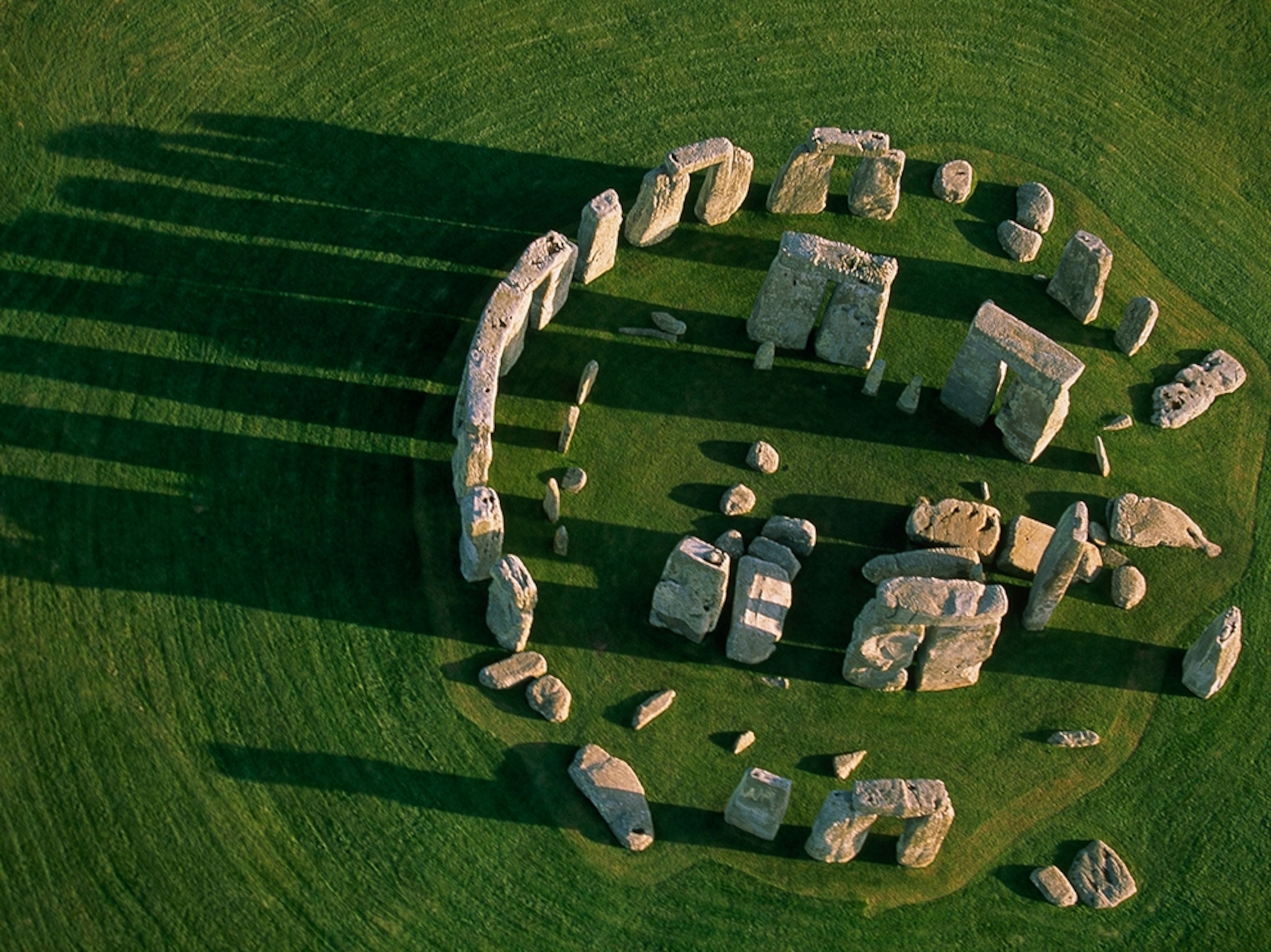
Today, Stonehenge, a powerful symbol of prehistory, stands in stark contrast to its modern neighbor, the A303 highway. This narrow road, notoriously fettered with heavy traffic and rumbling trucks, hosts the majority of the monument’s million annual visitors. The constant flow of cars and the noise they generate can disturb the peace and solitude of the ancient site, a place that was once a quiet and sacred space. This tension between a protected monument and the demands of modern infrastructure has ignited a fierce debate.
To ease the traffic issues and create a more serene environment around the site, a two-mile-long, four-lane tunnel was proposed to bypass Stonehenge. While the project aimed to reduce the disturbance and allow for a more peaceful visitor experience, it drew fierce fire from archaeologists who feared it would threaten the vast, unseen network of burial grounds, settlements, and other monuments that surround the circle. After a ruling from Britain’s High Court, the $2.2 billion project is currently on hold, leaving the fate of the monument in a precarious balance between conservation and modernization.
Experiencing the Mystery: Planning Your Visit

Despite the ongoing debates and the ever-present modern world, the mystery of Stonehenge endures. The most popular time to visit is during the summer solstice, a rare occasion when the inner circle is open to the public. Visitors can stand in the heart of the monument and watch as the sun rises directly behind the Heel Stone, its first rays shining into the center of the circle. This is a chance to connect directly with the ancient purpose of the monument, feeling the energy and symbolism that its builders imbued it with millennia ago.
However, Stonehenge is open year-round, and its magic can be experienced in all seasons. While the public is typically not allowed inside the stone ring due to conservation concerns, a walkway surrounds the famed circle, allowing for magnificent views from all angles. The monument is also surrounded by a vast expanse of fields, perfect for walking and exploring the associated earthworks, burial grounds, and other monuments that make up the broader ten-square-mile archaeological site. For those traveling from London, regular train service to Salisbury, followed by a short bus ride and a scenic walk, makes a visit to this enduring wonder both accessible and rewarding.



